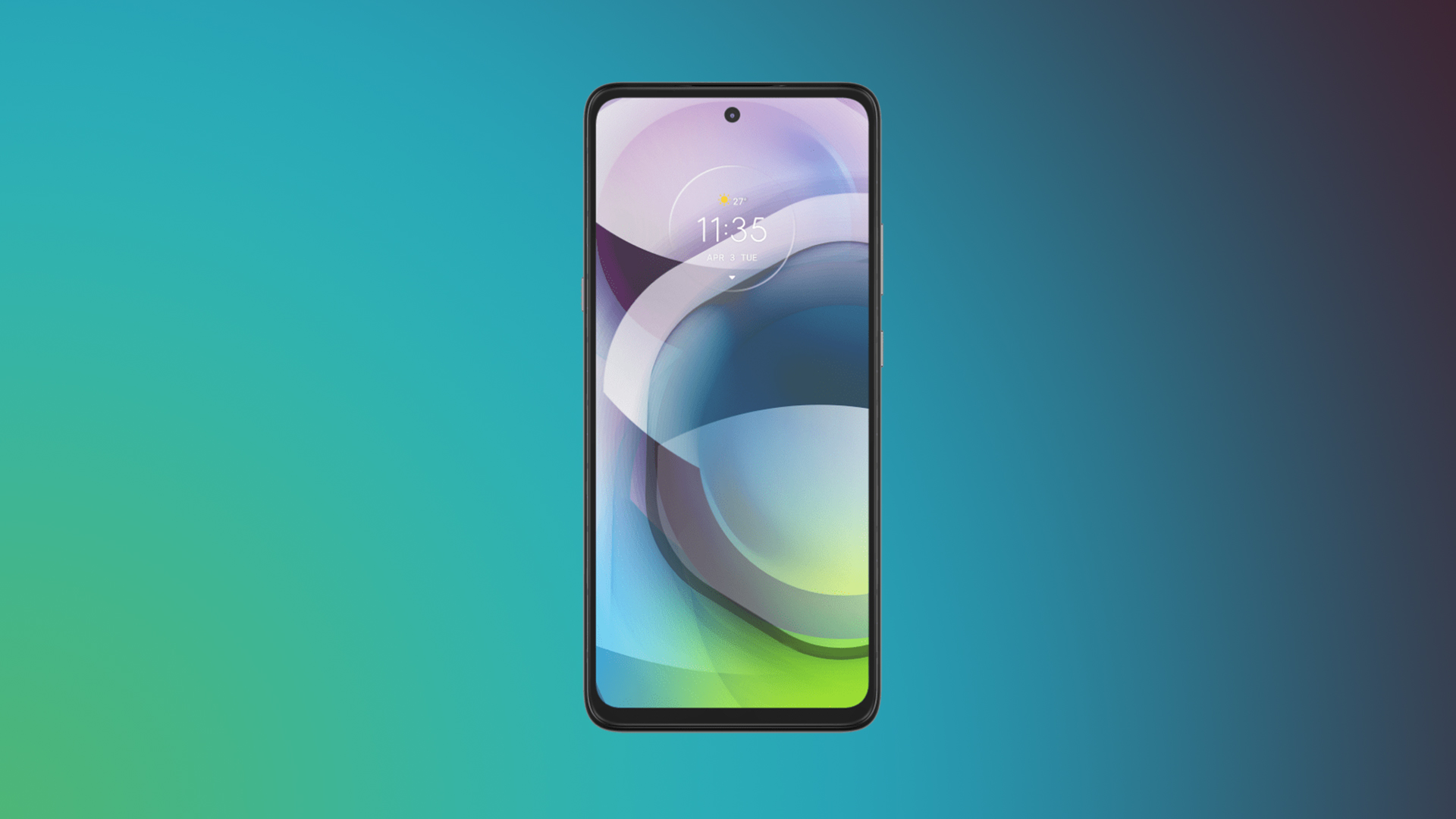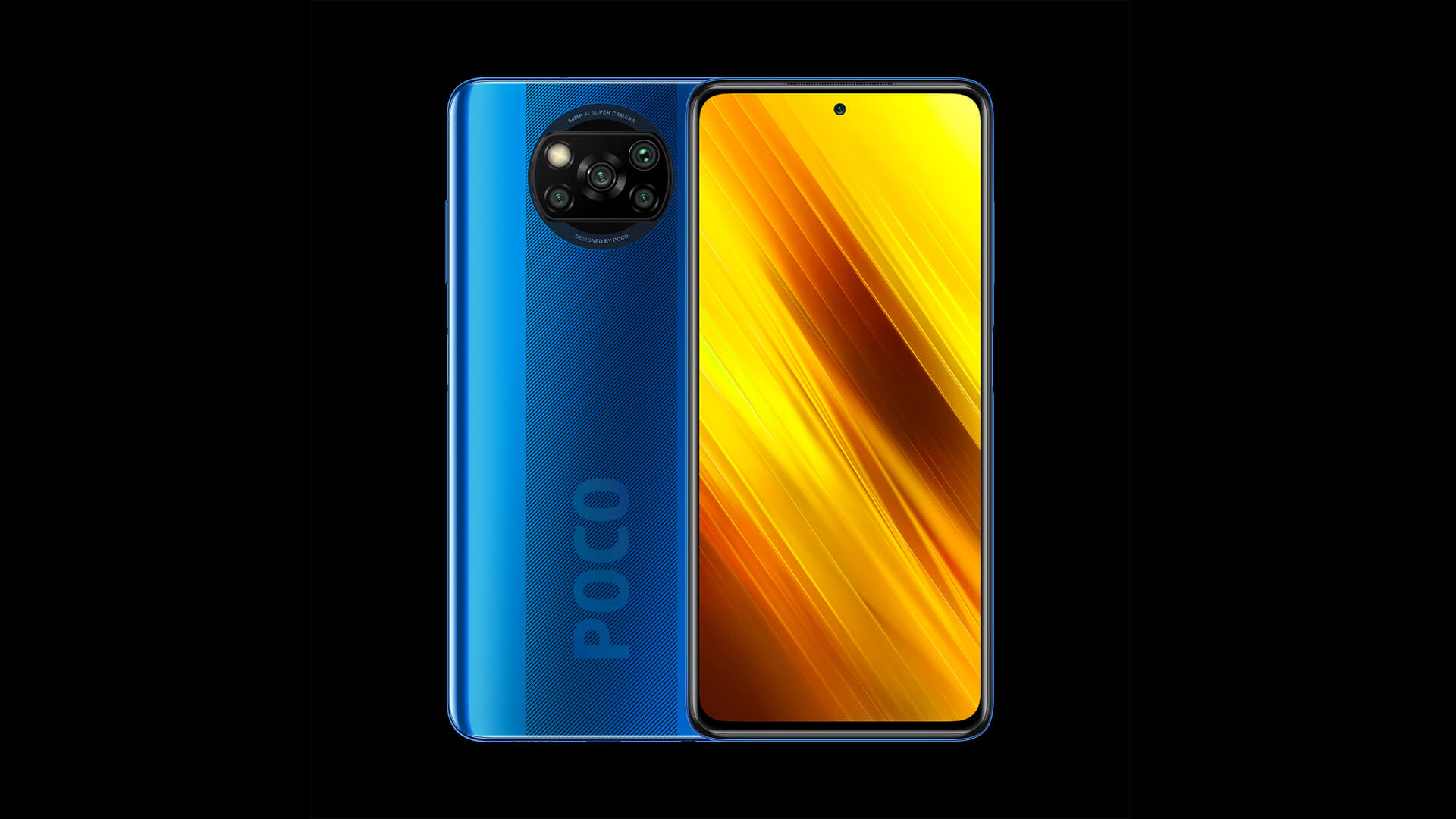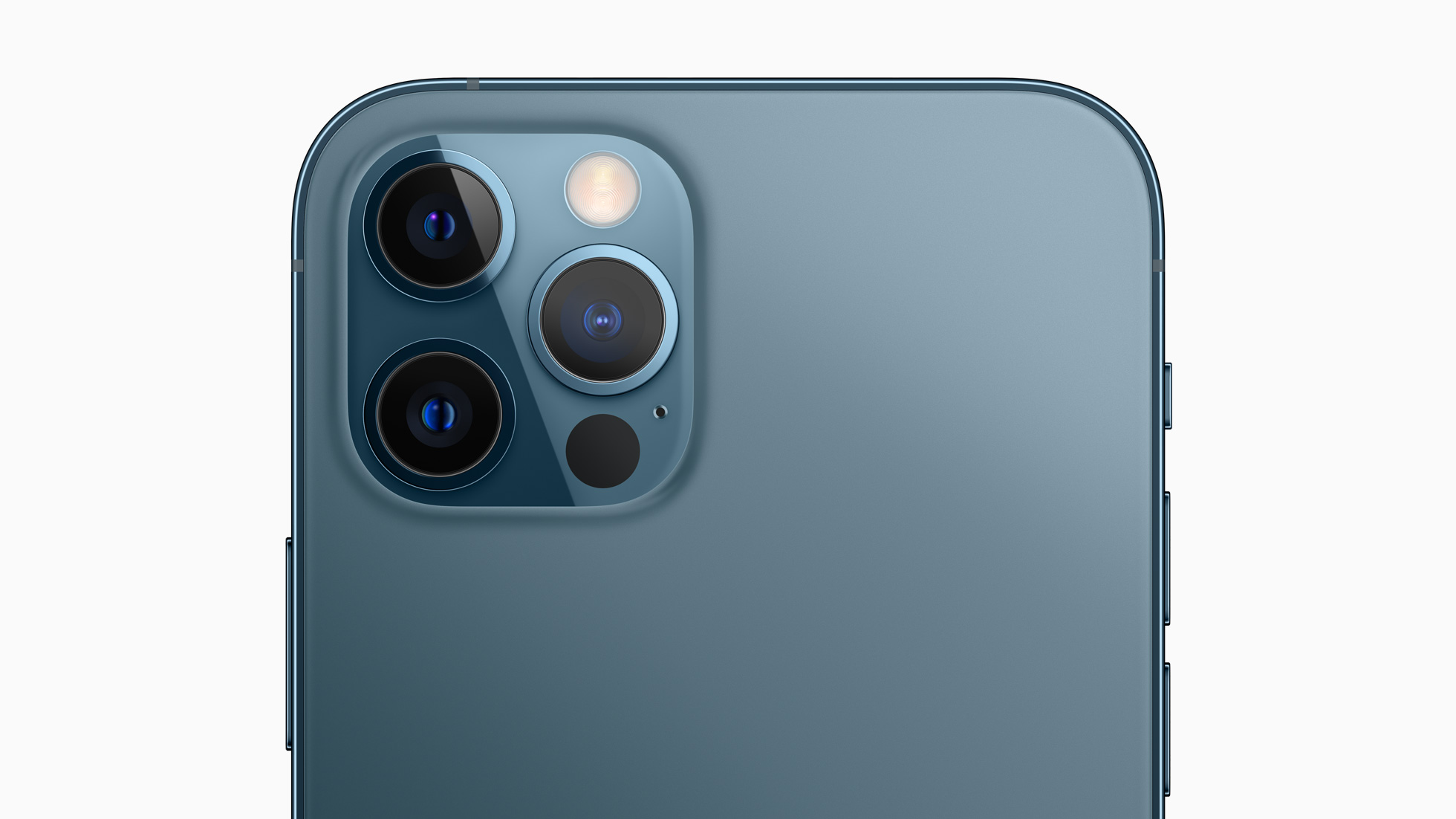Last Updated on May 6, 2021 by Akanksha Singh
With the start of this new year, we have some exciting new smartphones coming in. With faster processors (like the Snapdragon 888), brighter screens, better cameras, 5G connectivity, and bigger batteries, new smartphones are bound to get faster and better at everything. But exactly what should you expect from new smartphones in 2021? Let us find out how upcoming smartphones would be better than your current smartphone.
Faster Screens Reaching Affordable Phones
Subscribe to Onsitego
Get the latest technology news, reviews, and opinions on tech products right into your inboxFor years, smartphone screens were stuck with a 60Hz refresh rate. However, over the past couple of years, high-end phones started featuring screens with high refresh rates, which make them feel faster while doing everyday tasks like scrolling, browsing, using apps, browsing the internet, and even gaming. The same fast screens have started to appear on some mid-range phones, and in 2021, you can expect high-refresh-rate screens to appear more commonly on more mid-range and affordable phones.
Smartphones will also come with variable refresh rate screens. A few phones such as the Samsung Galaxy Note 20 Ultra, Mi 10T, and the Mi 10T Pro had variable refresh rates. But more smartphones will feature variable refresh rate screens this year. Plus, you can expect more phones to switch from LCD screens to OLED screens. OLED is clearly a superior technology compared to LCD as it offers wider viewing angles, infinitely better contrast ratio, and faster response times.
- Affordable Phones: HD+ or Full HD+, IPS LCD, High-Refresh Rate
- Mid-Range Phones: Full HD+, AMOLED, Variable High-Refresh Rate, HDR10
- Affordable High-End Phones: Full HD+, AMOLED, Variable High-Refresh Rate, HDR10+
- Flagship Phones: QHD+, AMOLED, Variable High-Refresh Rate, HDR10+, Wide Colour Gamut
More Powerful, Power-Efficient Processors
New processors from MediaTek, Qualcomm, and Samsung are getting better with each year. And this year, the competition is getting tougher. All three brands have launched some excellent processors over the past few months. And it is not just high-end phones that will get better, faster, and more power-efficient processors. Even low-end and mid-range smartphones will come with faster processors.
MediaTek’s G-series processors have brought gaming capabilities to affordable phones, something that was unheard of just a year ago. Dimensity processors from the company such as the Dimensity 700, Dimensity 720, and Dimensity 800 are great mid-range chipsets. The same goes for Qualcomm chipsets like the Snapdragon 480, Snapdragon 690, and the Snapdragon 750G. They all offer fast performance while consuming little battery.
The Exynos 980 and the Exynos 880 are great chipsets, too, and it is surprising to see that Samsung was able to build these after weak processors in the past.
In the high-end segment, you can expect most phones to use the Snapdragon 888 processor. Samsung will, however, use the Exynos 2100 and the Exynos 1080 processors. All these processors are pretty evenly matched when it comes to CPU and GPU performance, power efficiency, and connectivity. They all feature integrated 5G connectivity along with multi-frequency GPS, Wi-Fi 6, Bluetooth 5.1 (or newer), NFC, and USB Type-C port.
- Entry-Level Phones: Snapdragon 450, Snapdragon 480, Exynos 850
- Mid-Range Phones: Exynos 880, Exynos 980, MediaTek Helio G80, MediaTek Helio G85, MediaTek Helio G90, MediaTek Helio G95, Snapdragon 690G, Snapdragon 720G, Snapdragon 732G, Snapdragon 750G, Snapdragon 765G
- High-End Phones: Snapdragon 888, Snapdragon 865+, Exynos 1080, Exynos 2100
Also Read: Here Is The List Of All Snapdragon 888 Phones You Can Expect In 2021
Bigger Camera Sensors
With the increasing importance of cameras on smartphones, every smartphone brand is trying its best to offer the best cameras on their devices, and that’s where it ultimately comes down to these days while choosing the best phone. Hence, we will see smartphone brands fight it out by offering newer and better camera sensors along with improved algorithms.
In the entry-level segment, you can expect smartphones to feature either 1/2.55-inch 12MP sensors or 1/2-inch 48MP sensors. Those phones might also feature an 8MP ultrawide cameras and at least one useless sensor (either 2MP macro or 2MP depth). These phones might offer 1080p 60fps video recording, portrait mode, and improved HDR performance. You can also expect these phones to offer brighter and sharper images in low-light conditions, thanks to Night Mode.
In the mid-range segment, you can expect a lot of smartphones to see either 64MP (1/1.72-inch) or 108MP (1/1.3-inch) camera sensors in a quad-camera setup. These phones offer sharper images in daylight and low-light conditions. They are also capable of recording 4K 30fps or 4K 60fps videos, depending on the model. In terms of front-facing cameras, most mid-range phones that you would see in 2021 might have 16MP or 20MP sensors and 1080p 30fps or 4K 30fps video recording.
In the high-end segment, brands would try to offer more realistic colors and an extremely well dynamic range. Most phones would either use larger-sized 48MP or 50MP cameras on the rear, but some would come with third-generation 108MP cameras. You might ask, so what would be the difference between mid-range and high-end smartphone cameras. Well, high-end phones would feature OIS, faster focusing, and more mature image processing.
High-end smartphones might be at least three other cameras on the rear, apart from that high-resolution primary camera. Expect to find 12MP/16MP/20MP ultrawide cameras with autofocus, 10MP/12MP telephoto cameras, and an 8MP/10MP telephoto camera with a periscope lens for up to 5x optical zoom. These phones would also be capable of capturing extremely good images in complex lighting conditions, low-light scenes, and portrait shots. They would also be able to switch smoothly between all the rear-facing cameras. High-end phones in 2021 would also be able to record 8K 30fps and 4K 60fps videos with HDR10 or Dolby Vision.
- Entry-Level Phones: 12MP/13MP/48MP Primary Camera, 2MP Depth/Macro Camera, 1080p Video Recording, Auto HDR, Night Mode, Portrait Mode.
- Mid-Range Phones: 48MP/64MP/108MP Primary Camera, 8MP/12MP Ultrawide Camera, 2MP/5MP Macro or Depth Camera, Auto HDR, Night Mode, Portrait Mode.
- High-End Phones: Larger Sensors (1/1.3-inch or larger) With 48MP/50MP/108MP Resolution and OIS, 12MP/48MP Ultrawide Camera, 8MP/10MP/12MP Telephoto Camera with 2x/3x Optical Zoom, 8MP/10MP Telephoto Camera with 5x Optical Zoom
5G Reaching New Price Points
You can expect a lot of mid-range and high-end phones to feature 5G connectivity. Thanks to some great 5G chipsets like the Snapdragon 480, Snapdragon 690G, Snapdragon 750G, Snapdragon 765G, Exynos 980, and MediaTek Dimensity series, a lot of mid-range phones will get access to sub-6GHz 5G connectivity. High-end phones will get access to both sub-6GHz and mmWave 5G in some markets. Moreover, high-end smartphones in 2021 would also be more power-efficient while using 5G networks, unlike smartphones from 2020.
Entry-level smartphones will still use 4G chipsets, but you can expect them to be more power-efficient. Plus, most entry-level phones would feature GPS, Wi-Fi ac, Bluetooth 5.0, and USB Type-C ports. Mid-range and high-end smartphones would come with dual-frequency GPS, Wi-Fi 6 (or even Wi-Fi 6E), Bluetooth 5.1 or Bluetooth 5.2, NFC, USB Type-C port, and even UWB.
- Entry-Level Phones: 4G LTE, Dual-SIM, GPS, Wi-Fi ac/b/g/n, Bluetooth 5.0, USB Type-C Port, 3.5mm Headphone Jack.
- Mid-Range Phones: 4G/5G, Dual-SIM, Dual-Frequency GPS, Wi-Fi b/g/n/ac, Bluetooth 5.0, NFC, USB Type-C Port.
- High-End Phones: 5G, Dual-SIM, Dual-Frequency GPS, Wi-Fi 6 or Wi-FI 6E, Bluetooth 5.1 or Bluetooth 5.2, NFC, USB Type-C Port.
Headphone Jacks, Chargers To Go Missing
Dedicated 3.5mm headphone jacks started missing on high-end smartphones 2-3 years ago, and you shouldn’t be surprised to see that trend in the mid-range segment in 2021. At least those smartphones would get stereo speakers and higher quality wireless audio codecs. Most entry-level smartphones would still come with a 3.5mm headphone jack though.
You can also expect most smartphone brands to refrain from bundling a charging adapter with the smartphone’s box, owing to environmental reasons, and to reduce e-waste. However, it might also be because they can lower the smartphone production cost and improve profitability by doing so.
Bigger Batteries, Faster Charging To Become More Common
Speaking of chargers, you would see smartphones feature larger batteries than smartphones in 2020. Most entry-level smartphones would have anywhere between 4,000mAh and 5,000mAh batteries. The Galaxy M02s, which was among the first phones to be launched in 2021, has a 5,000mAh battery. Most entry-level phones would come with 15W or 18W fast charging.
In the mid-range segment, most phones would have anywhere between 4,500mAh and 7,000mAh batteries, and with 30W or 65W fast charging. In the high-end segment, the battery capacity can range from 4,500mAh to 6,000mAh. However, these phones would come with faster charging (25W/30W/65W/120W), faster wireless charging (10W/15W/30W/45W), and even reverse wireless charging.
- Entry-Level Phones: 4,000-5,000mAh Battery, 15W/18W Fast Charging.
- Mid-Range Phones: 4,500-7,000mAh Battery, 25W/30W/33W/65W Fast Charging.
- High-End Phones: 4,500-6,000mAh Battery, 25W/30W/45W/65W/120W Fast Charging, 10W/15W/30W/50W Fast Wireless Charging, Reverse Wireless Charging.
Software Updates To Come Faster
Thanks to Android 10, and the effort that Google put in to make software updates easier, smartphone brands have started offering faster software updates to high-end phones. Most of the high-end and flagship smartphones released in 2020 have already received their Android 11 updates. In 2021, you can expect even mid-range smartphones to receive faster and more frequent software updates.
When it comes to iPhones, Apple is already great at offering day-one updates even to lower-priced and older iPhones.
- Good Software Update Speed: Apple, OnePlus, Google, Samsung
- Average Software Update Speed: OPPO, Realme, Xiaomi, Sony, ASUS
- Slow Software Update Speed: Motorola, LG, Vivo, Tecno
Now that you know what to expect from new smartphones in 2021, go ahead and make wise choices while buying a new smartphone. It would also help you in knowing whether you would want to buy a new device or stick to your current smartphone.






Discussion about this post